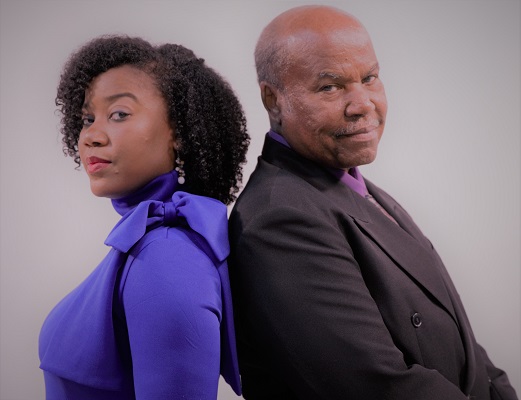 Rice and beans. It’s a one-pot dish that can be found in some form every day on every table in any one of the Afro-Caribbean households living in South Florida, no matter the occasion.
Rice and beans. It’s a one-pot dish that can be found in some form every day on every table in any one of the Afro-Caribbean households living in South Florida, no matter the occasion.
Now embellished by nouveau chefs, rice and beans belies the poverty of its origin– just as the people who originated it have.
Nutritious and readily available, the ingredients were common staples in poor households of Bahamians, Cubans, Haitians, Jamaicans and Nigerians. Today, the dish has ascended to the tables of non-immigrant homes, corporate banquets, and haute cuisine in Miami-Dade County.
Each ethnic group has its own incarnation of the dish --pigeon peas and rice, moros y cristianos, diri cole ak pwa, rice and peas with coconut milk, rice and beans with tomato stew.
Yet, are these ethnic groups as aware of similarities like this one as much as they are aware of the stark differences between their groups? What else do these groups have in common? Most importantly, do the members of these groups communicate, share or collaborate with each other toward a common goal in South Florida?
They share a similar history, some say. Most were forcibly removed from their homeland to endure years of bitter bondage in the West. They were separated from the land of their origin by a vast ocean.
Notwithstanding the immigrants from Africa who emigrated voluntarily, these individuals set up shop in South Florida with no plans to repatriate in Africa. They moved westward in search of fame and fortune.
Some came seeking a market for their produce like the parents of Sidney Poitier from Cat Island of the Bahamas in the 1920s.
Some came via guest worker programs like the Jamaican farm workers, hotel workers and nurses in the 1930s.
Some would arrive in relative comfort on Freedom Flights from Cuba in the 1960s.
Others - denied the opportunity of legal entry - would brave the journey on rickety homemade rafts or dangerously overloaded unseaworthy ships like the Haitian boat people in the 1980s. Regardless of the stories of those who perished in the crossing or were repatriated, many would still persist in the attempt.
Still others, so anxious and desperate, would approach unscrupulous smugglers and pay exorbitant sums to make the oftentimes unsuccessful trip.
Some would show up with student or visitor visas like the Nigerians did in the 1980s. They would overstay their time, get married and never look back.
Albeit sharing the same physical characteristics and similar tastes in food, music, dance and the arts, they have never congealed into a single, united, harmonious force in Miami-Dade. This may be the pernicious effect of slavery –separation and division- still evident today.
 Interestingly enough, one in three black residents in Miami-Dade is now an immigrant, reflecting a nationwide trend that shows immigrants making up a rising share of the country’s black population, according to a new Pew Research Center study.
Interestingly enough, one in three black residents in Miami-Dade is now an immigrant, reflecting a nationwide trend that shows immigrants making up a rising share of the country’s black population, according to a new Pew Research Center study.
Subsequently, you may hear more of these divisive statements about town:
“Black American families don’t raise their kids like we do.”
“Haitian people just aren’t very educated.”
“Why can’t they just learn English?”
“Jamaicans and Cubans are way too aggressive.”
As we explore the stories of seven different Black ethnic groups in Miami, including that of the African-American community who has been compelled to work, live and intermingle with immigrants in Miami-Dade, we will learn about the charm of their neighborhoods, their successes in business and industry, their past and present social causes and the “thing” that contributes to or detracts from a real sense of group harmony in South Florida.
As you read these stories, it may not seem apparent at first glance, but there is a simple yet profound sentiment that weaves them all together: “We can never go home again.”
 Tiffani and Livingstone V. Knowles are a father-daughter writing duo. Navigating the specifics of a Bahamian-Jamaican-American household, they have learned what makes immigrants successful in America.They are the co-authors of HOLA America: Guts, Grit, Grind and Further Traits in the Successful American Immigrant.
Tiffani and Livingstone V. Knowles are a father-daughter writing duo. Navigating the specifics of a Bahamian-Jamaican-American household, they have learned what makes immigrants successful in America.They are the co-authors of HOLA America: Guts, Grit, Grind and Further Traits in the Successful American Immigrant.

